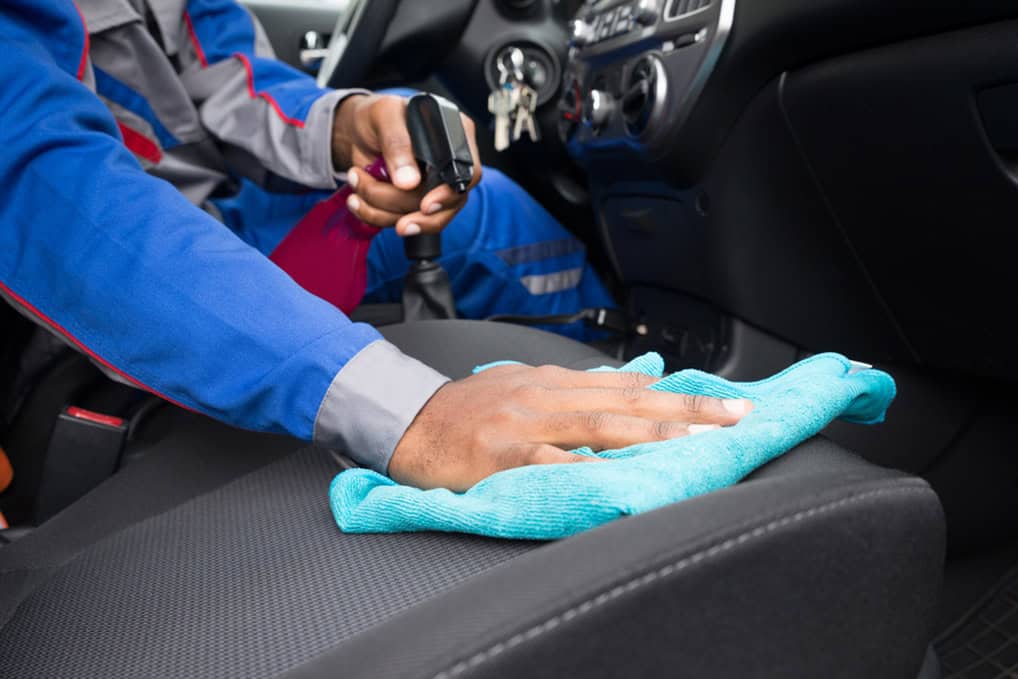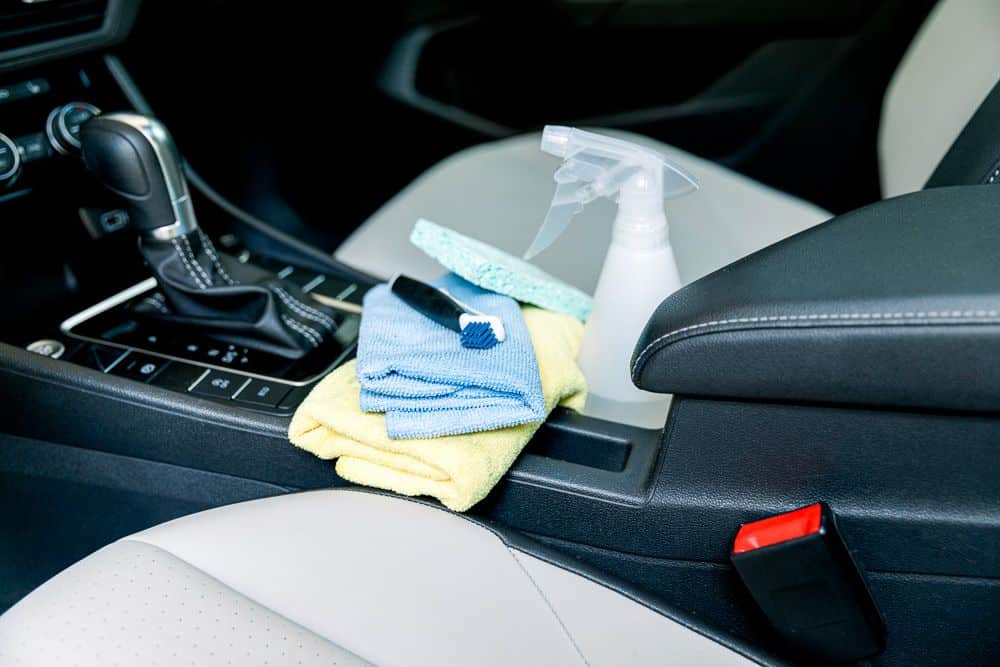Table of Contents
Discovering mold in your car can be a disconcerting experience, but understanding the reasons behind its growth is the first step in tackling the issue effectively. Mold and mildew love to take root in warm, dark, and humid environments, and cars can provide the ideal conditions for their development. In this guide, we will explore the common factors that contribute to mold growth in vehicles, emphasizing the importance of maintaining a clean and hygienic car interior. Additionally, we’ll provide insights into addressing mold issues, helping you keep your car environment fresh and healthy.
Factors Contributing to Mold Growth in Cars:
Poor Hygiene:
Neglecting the cleanliness of your car can create a haven for mold and mildew. These organisms require a source of food to survive, and a poorly maintained vehicle can offer just that. Regular upkeep of your car’s interior is crucial to prevent the formation of mold clusters.
Non-Operational Vehicles:
Cars left idle in dark, enclosed spaces for extended periods are susceptible to mold growth. Mold spores, having found their way into the vehicle, utilize the trapped moisture and oxygen to flourish. It’s important to keep an eye on cars that remain stationary for months.
Climatic Factors:
The climate of your region plays a significant role in mold development. Areas with substantial rainfall, floods, high humidity, and limited sun exposure are more prone to mold and mildew growth. Mold thrives in damp environments, and regions with hot temperatures and frequent rain are conducive to mold formation in cars.
How To Remove Mold From The Car Interior

Removing mold from your car’s interior can be a challenging task, but with the right precautions and materials, you can effectively tackle the issue. However, it’s important to note that extensive mold infestations are best handled by professionals to avoid potential health hazards. If you choose to proceed on your own, follow these steps with the recommended safety measures:
Safety Precautions:
Personal Protective Equipment (PPE): Before starting the cleaning process, ensure you have proper PPE, including a face mask and rubber gloves, to protect yourself from mold spores.
Cleaning Materials:
Gather the following materials to effectively eliminate mold from your car’s interior:
- White Vinegar: Known for its anti-fungal properties.
- Non-Iodized Salt: Effective in combination with white vinegar.
- Clove Oil: A natural antifungal agent.
- Baking Soda: Useful for its cleaning and deodorizing properties.
- Vacuum: Use a wet-dry vacuum with an upholstery attachment.
- Scrub Brush: Ideal for tackling stubborn mold spots.
Cleaning Process:
- Remove Debris: Start by eliminating any trash or wet items from the car. Use a dry vacuum to remove debris thoroughly.
- Homemade Cleaning Solutions:
- White Vinegar and Hot Water: Mix these in equal parts for a natural cleaning solution.
- Baking Soda and Water: Create a paste to scrub moldy areas.
- Water and Color-Safe Bleach: Test in an inconspicuous spot to ensure it won’t stain upholstery.
- Scrub and Clean Entire Interior:
- Use the cleaning solutions with a scrub brush to clean affected areas thoroughly.
- Pay attention to cracks, seams, seatbacks, and under mats where mold may hide.
- A wet-dry vacuum with an upholstery attachment can help reach challenging spots.
- Let It Dry:
- Mold thrives in moist conditions, so ensure proper ventilation by leaving doors and windows open.
- Allow the interior to air dry completely to prevent mold from returning.
Professional Assistance:
If the mold infestation is extensive, or if you have health concerns, it’s recommended to seek professional help Mold removal expert.
Remember, maintaining a clean and dry car is essential in preventing mold growth. Regular cleaning and proper ventilation can go a long way in preserving your car’s interior and ensuring a healthy driving environment.
How to Prevent Mold Regrowth
Preventing the regrowth of mold is crucial, especially after dealing with a mold outbreak in your car. The remediation process can be challenging, but taking proactive steps can help maintain a mold-free environment. Here are some effective measures to discourage mold growth in your vehicle:
Control Moisture:
Excessive moisture is a leading factor in mold growth. Protect your car from damp conditions by parking it in a garage whenever possible. Utilize a waterproof cover to shield it from the elements and reduce the risk of mold-friendly environments.
Seal Windows Tightly:
Ensure that all car windows are tightly rolled up. Even small openings can allow dust, debris, and mold spores to enter. A securely sealed vehicle helps keep these contaminants out, minimizing the chances of mold regrowth.
Avoid Eating Inside:
Although it may be challenging, refrain from eating inside your car. Food crumbs and spilled liquids provide ideal conditions for mold growth. If you must eat in the car, promptly clean up any spills to prevent them from becoming breeding grounds for mold.
Thoroughly Clean and Disinfect:
Often overlooked, the interior of your car requires regular cleaning and disinfection. Use a high-quality antimicrobial product to eliminate any lingering mold spores. Pay attention to frequently touched surfaces such as door handles, lock buttons, steering wheel, and HVAC systems for comprehensive protection.


